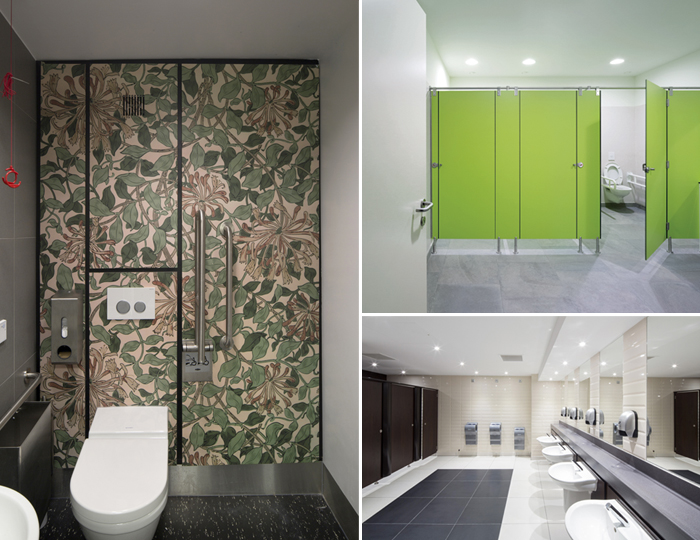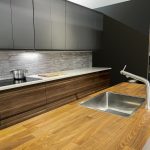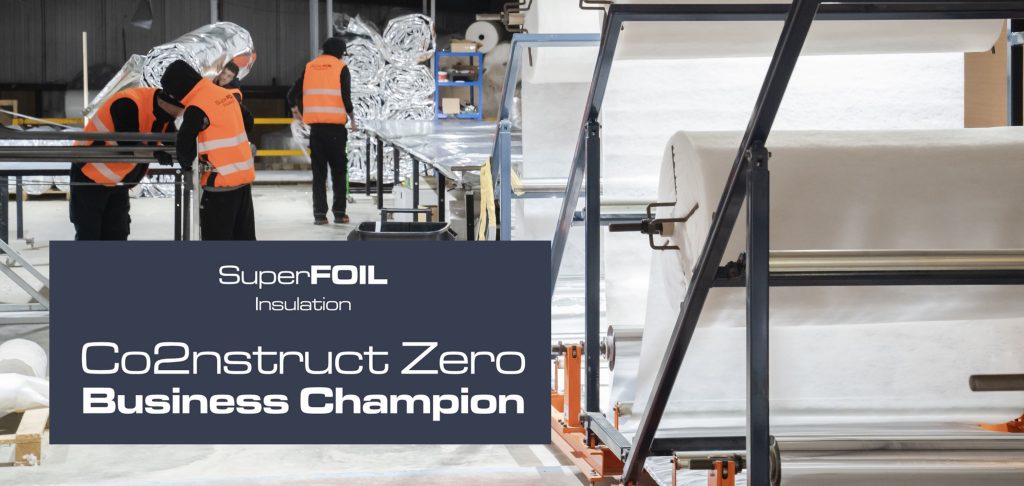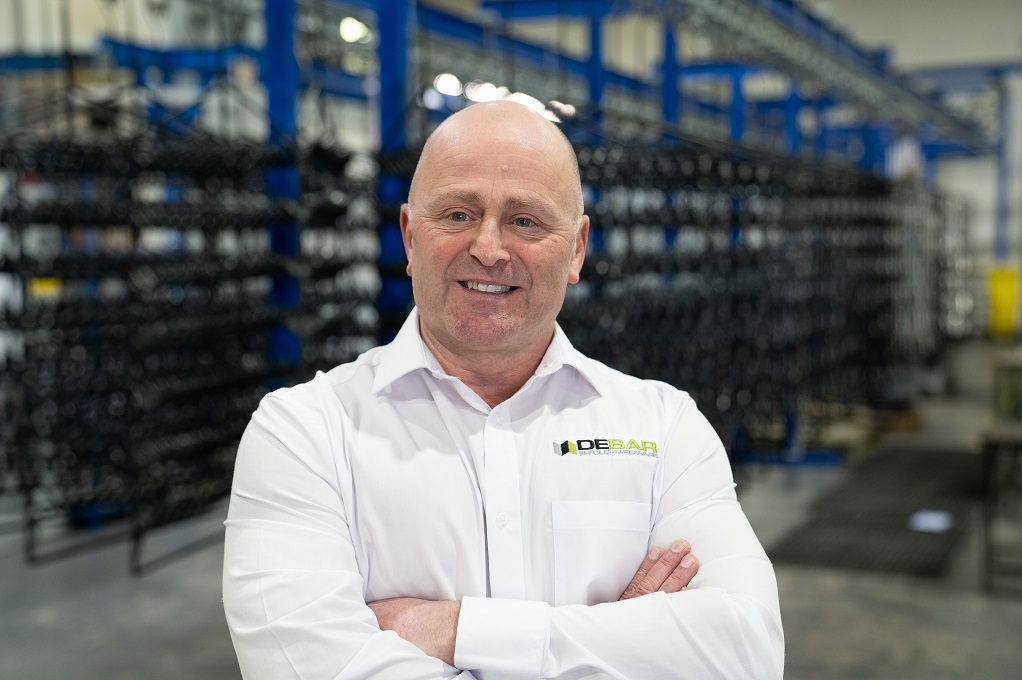Lifting the lid on washrooms

 The loo, the restroom, the powder room, the washroom – call it what you may – we all spend a lot more time noticing them and talking about them than you think.
The loo, the restroom, the powder room, the washroom – call it what you may – we all spend a lot more time noticing them and talking about them than you think.
To understand opinions and to uncover how the washroom needs to be optimised, we conducted our own survey to specifically gain views on toilet use – inside and outside of the home. As a result, we’ve developed a detailed white paper which lifts the lid on British toilet habits to help us create the washrooms people want.
Overall observations
Familiarity clearly wins the day, with 70% of adults admitting they are either somewhat or very reluctant to use any other loos, apart from those in their own home. A whopping 68% believe no other toilet but theirs is as hygienic. Other reasons to refuse public/workplace loos include lack of paper or soap (54%), lack of privacy and the smells they encounter (68%).
Even though Brits are reluctant about using public toilets, most can’t avoid them, with 46% saying they are either sometimes, or often, caught short and so need to put their prejudices aside.
Such is the desire for cleanliness, 20% of people admit to using a disabled loo in the belief they are cleaner. It’s perhaps little surprise that hands-free flushing is the technology most people (60%) want to see, followed by better ventilation (46%). In terms of the décor of choice, 75% of respondents selected a neutral and light aesthetic as they believe it impacts cleanliness.
Workplace toilets
As unisex toilets are becoming more common (but not necessarily more popular) workplaces are starting to embrace the concept of a gender-neutral washroom.
But not everyone is excited about the prospect of doing ‘their business’ with the rest of ‘the business’. In fact, 68% of Britons say it would be awkward to share unisex toilets with their clients, customers, colleagues and bosses.
The survey investigated a range of toilet taboos and uncovered that almost half (49%) of Brits would prefer to use a gender specific toilet, compared to only 5% who would prefer to use a unisex toilet and 27% who were not fussed either way.
Awkwardness is cited as the main reason employees dislike sharing (68% claim unisex loos would be either somewhat or very awkward). At a gender level, it’s women who most want to keep their loos to themselves – 67% of females in work do, compared to just over half (53%) of men in employment. Women are also more likely to feel awkward using unisex toilets at work than men (75% say they’d feel somewhat or very awkward, compared to 60% of men).
Gender differences in attitudes towards cleanliness are also very likely to be behind these results. When asked why some people don’t mind sharing at work but did mind sharing in public toilets, nearly a third (28%) of women said they thought the other gender wasn’t as clean as they were – nearly double the percentage of men who thought the same thing (15%).
With the political debate leaning more towards accepting unisex loos, employers have a tough mission ahead to convince their staff to think otherwise.
Specifications
The Health and Safety Executive (HSE) says an SME employing between one and five mixed-sex staff needs at least one toilet and one basin; for six-25 staff it’s two loos and two basins; for 26-50 staff it’s three of each; for 51-75 staff businesses four of each are needed, while a 76-100 sized business needs five of each.
Schools have their own washroom guidelines, with the recommendation that there is at least one toilet per 10 pupils for those under the age of five, while for those aged 11+ there must be one washbasin per toilet. In special schools there should be one toilet for every 20 pupils, regardless of age. Cubicle sizes are also strict: All standard (non-disabled) cubicles must have a minimum of 450mm diameter manoeuvring space within the cubicle, with the recommendation that the standard dimension is 850mm wide by 1500mm deep.
Disabled toilets are subject to a raft of regulation to ensure all public cubicles can accommodate wheelchair manoeuvrability. They must be at least 2,220mm x 1,500mm wide and have a door 900mm wide, able to open 950mm outwards. Basins need to be such that hands can be washed while still seated on the toilet, grab rails must also be present at specific heights.
Gaps between the floor and toilet cubicle doors are also the cause of much consternation. Survey respondents did not like the large gaps they find in public or workplace loos, even though they don’t need to be as big as they are (regulations merely state a door should be able to be released from the outside). For 22% of people, it’s purely the size of this gap that causes them to dislike using toilets outside of their home.
When it comes to specific facilities a washroom must have, the regulations are vague, and respondents seem to signal that this vagueness (and its interpretation by employers) is not meeting their expectations. Legally, workplace toilets simply have to have ‘enough soap or other washing agents’ and offer ‘a means of drying hands – e.g. paper towels or a hot air dryer’. However, respondents feel this is not good enough. A majority (61%) wants hands-free flushing (not legally required); more than a third (34%) also want improved hand dryers; while 22% want bigger soap dispensers.
There’s one key area too that the legislation overlooks entirely, but which adults seem to care about a great deal: noise. Going to the toilet (particularly at work) can feel embarrassing for people if they feel they can be heard either in the next cubicle or even in the corridor outside. A significant 32% of people say they want better soundproofing. So fearful are people about the noise they create that nearly a fifth (18%) of adults have actually avoided using a toilet if they think it has a lack of soundproofing.
What Britons want
What is the most important feature that Britons want in public toilets? The resounding reply is simply ‘cleanliness’, with several respondents spontaneously coming to this conclusion.
However, there is a lot more that businesses and facilities providers can do to make their washrooms more pleasant environments.
To download the full Formica Group ‘Lifting the Lid on Washrooms’ report visit: www.formica.com/en/uk/campaigns/lifting-the-lid-on-washrooms




















